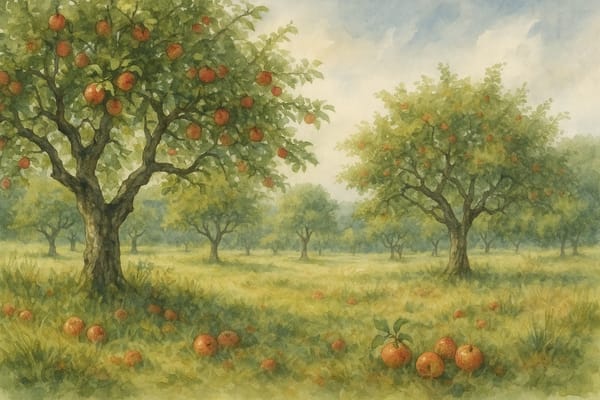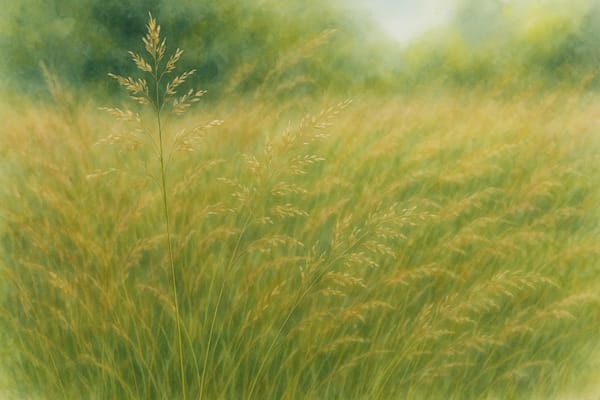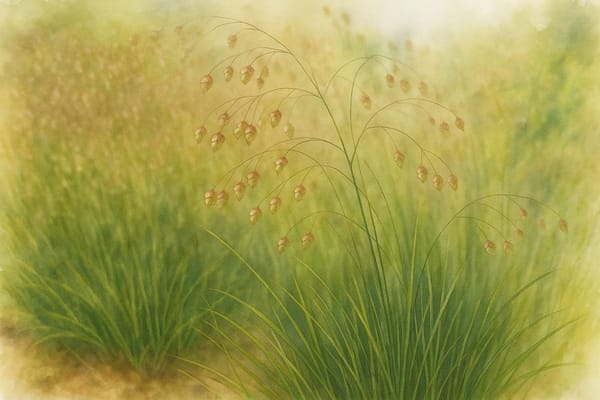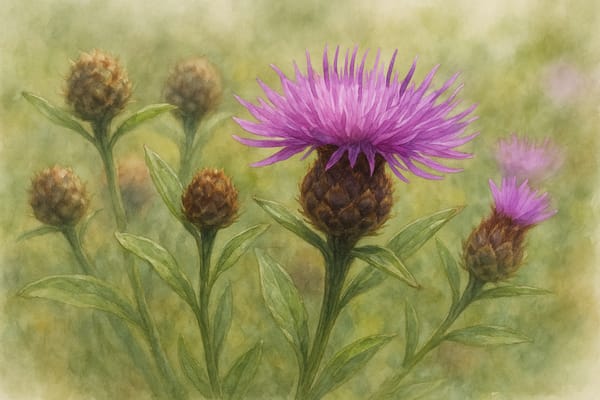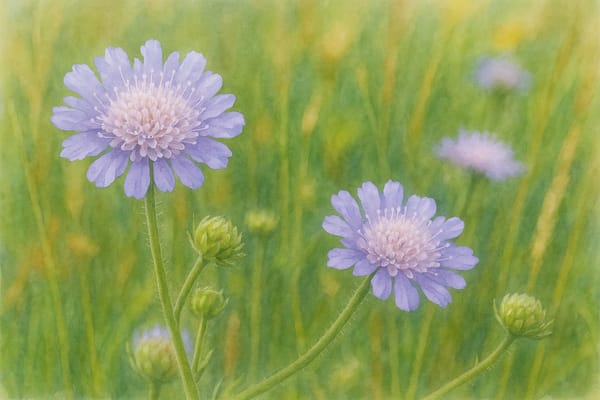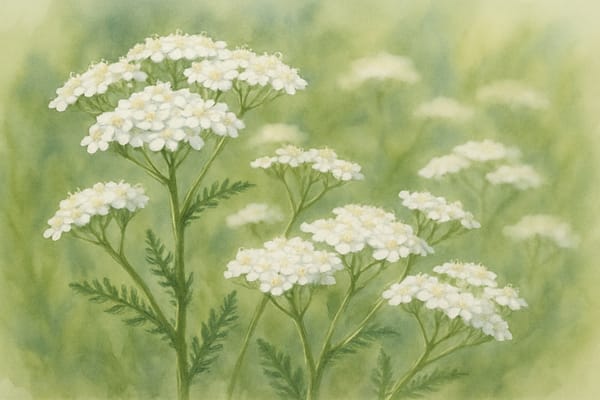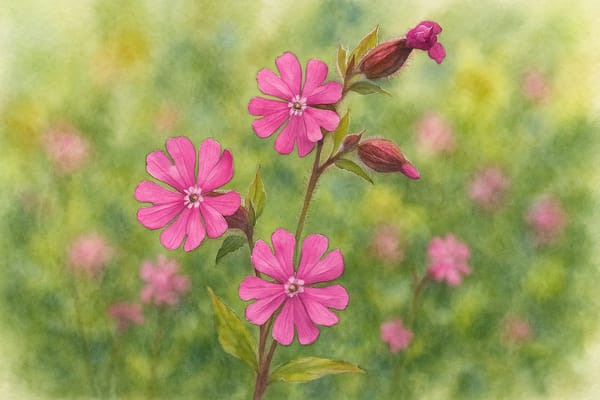In the quiet corners of Cornwall, where time hangs in mist and hedgerows murmur with birdsong, ancient apple trees lean into the wind. Their trunks are twisted, their limbs moss-lined — and from their branches hang fruits that carry stories. Not just nourishment, but names. Not just sweetness, but scent. These are Cornwall’s heritage apples — the guardians of orchard tradition, biodiversity, and flavour remembered.
A Landscape Grown from Memory
There’s a moment in late autumn when the light softens, the fields exhale their summer breath, and the orchard becomes a place of ghosts — not sorrowful, but golden. Here in Cornwall, these pockets of gnarled trees are more than productive land. They are time capsules. They are community spaces. They are living biographies of the land and those who have tended it.
In this orchard world, the Cornish Gilliflower — with its clove-scented skin and dense, honeyed flesh — may be the most famous of Cornwall’s native apples. But it is not alone. Across the duchy, other rare fruits hang heavy on time-worn branches: Cornish Aromatic, Tregonna King, Manaccan Primrose, Hocking’s Green. Together, they form a living archive of Cornwall’s flavour, culture, and agricultural resilience.
Apples with a Sense of Place
Each heritage apple variety tells its own tale — shaped by the soil it grew in, the climate it endured, and the people who grafted, picked, and preserved it. These apples weren’t bred for shelves, uniformity, or shipping distance. They were cultivated for taste, texture, cider, storage — and memory.
Here are just a few of Cornwall’s orchard treasures:
| Variety | Key Flavor | Use | Harvest Time | Texture | Distinctive Features |
|---|
| Cornish Gilliflower | Sweet, spicy, clove-like | Dessert, baking | Late autumn | Dense, crisp | Aromatic, triploid, angular shape |
| Cornish Aromatic | Rich, nutty, complex | Eating, cider | Mid-autumn | Firm, juicy | Deep aroma, red-blushed skin |
| Tregonna King | Mild, tart-sweet | Juicing, fresh | Mid-season | Juicy, tender | Rare in West Cornwall, soft-fleshed |
| Manaccan Primrose | Mild, floral | Fresh, cider | Early autumn | Soft, fragrant | Named after the Manaccan parish; delicate |
| Hocking’s Green | Sharp, green-apple tang | Cooking | Mid-late autumn | Crisp | Crisp cooking apple, historically grown |
Each of these apples offers more than nutrition — they offer a signature. A flavour fingerprint of the region. An edible emblem of Cornish land-use heritage.
Orchard as Ecosystem, Orchard as Archive
Traditional orchards — those planted with multiple varieties, scattered through fields or tucked behind cottages — are radically different from their modern counterparts. They are not monocultures but mosaics. They are not sterile rows but layered habitats.
In a Cornish heritage orchard, the apple tree is only one player. Owls roost in hollow trunks. Lichens paint the bark in silver-green tapestries. Bees crowd spring blossom, and fungi thread through soil that’s never seen synthetic spray. These orchards hum with life.
And they preserve more than biodiversity. They preserve practice: pruning by the moon, grafting from grandmother’s tree, collecting windfall for cider or pigs. These are landscapes of knowledge. Of interdependence between people and place.
Changing Weather, Changing Orchards
Today, Cornwall’s heritage apples face new challenges. Climate change is shifting the ground beneath these old trees — quite literally. Warmer winters mean reduced chill hours, which some apples need to properly flower. Late frosts arrive unpredictably. Wet summers increase the risk of scab, mildew, and rot.
“We’re starting to see some apples blossom too early,” explains a grower near Truro. “A hard April frost can strip a whole season’s crop in one morning.”
But tradition is fighting back — with innovation grounded in old wisdom.
Growers are:
- Mapping flowering times to adjust planting combinations
- Selecting heritage rootstocks known for disease tolerance
- Reintroducing hedgerows and shelter belts to buffer wind and water
- Using mixed plantings to ensure pollination and ecosystem resilience
These efforts echo the old orchard ways — diverse, low-input, responsive to the land. They’re not just about preserving the past. They’re about building a future.
Across Cornwall, a quiet revival is taking place.
Villages are reclaiming forgotten orchard land. Schools are planting community trees. Festivals are returning — with apple tasting tables, grafting demos, cider competitions, and storytelling corners. The Cornish Gilliflower is often centre stage, but it shares the limelight with forgotten cousins now finding their voice again.
“We always save a spot for the Gilliflower on our tasting table,” says a committee member of a local Apple Day festival. “It tells the story of Cornwall’s orchard heritage in a single bite.”
These festivals aren’t just seasonal fun — they’re re-seeding connection. Between people and place. Between generations. Between the past and the pollinator-rich future we all need.
A Sense of Scent: Olfactory Heritage in the Orchard
Apples are among the few fruits whose scent lingers in cultural memory. That clove-like perfume of the Cornish Gilliflower isn’t just a novelty — it’s a neurological spark. Studies into olfactory heritage suggest that scent plays a powerful role in how we emotionally connect to place and tradition.
Smell, after all, is the sense most directly linked to memory. For some, a Gilliflower’s aroma recalls childhood harvests. For others, it is the first time they tasted a true orchard apple — not a supermarket simulacrum, but a living fruit of the land.
Future events and gardens may well use this sensory storytelling more consciously — inviting visitors to not just see and taste apples, but to breathe in the memory of Cornish autumns.
Want to Grow a Piece of Heritage?
For those inspired to plant their own tree, the Cornish Gilliflower — and many of its cousins — are available through local nurseries or conservation scion exchanges. Here’s how to get started:
- Choose a spot with good drainage and sunlight. Sheltered from harsh wind if possible.
- Remember pollination: the Gilliflower is a triploid and cannot fertilise other apples. Plant it with compatible partners such as Cornish Aromatic or Egremont Russet.
- Mulch well, water in dry spells, and allow space for wildlife to share the tree.
- Join your local Apple Day to swap scions, taste other varieties, and meet the community.
“The scent of a ripe Gilliflower brings back memories of autumns in my grandfather’s orchard,” shares a grower from St Austell. “There’s truly nothing else like it.”
More Than Trees
The heritage apples of Cornwall are not frozen in the past — they are alive in orchards, festivals, gardens, and minds. They remind us that agriculture can be cultural. That flavour can be political. That conservation can taste like apple and clove and windfall cider.
In saving these apples, we save not just varieties — but ways of seeing and belonging.
So plant one. Taste one. Tell someone the name. And let your garden be part of the orchard that remembers.

